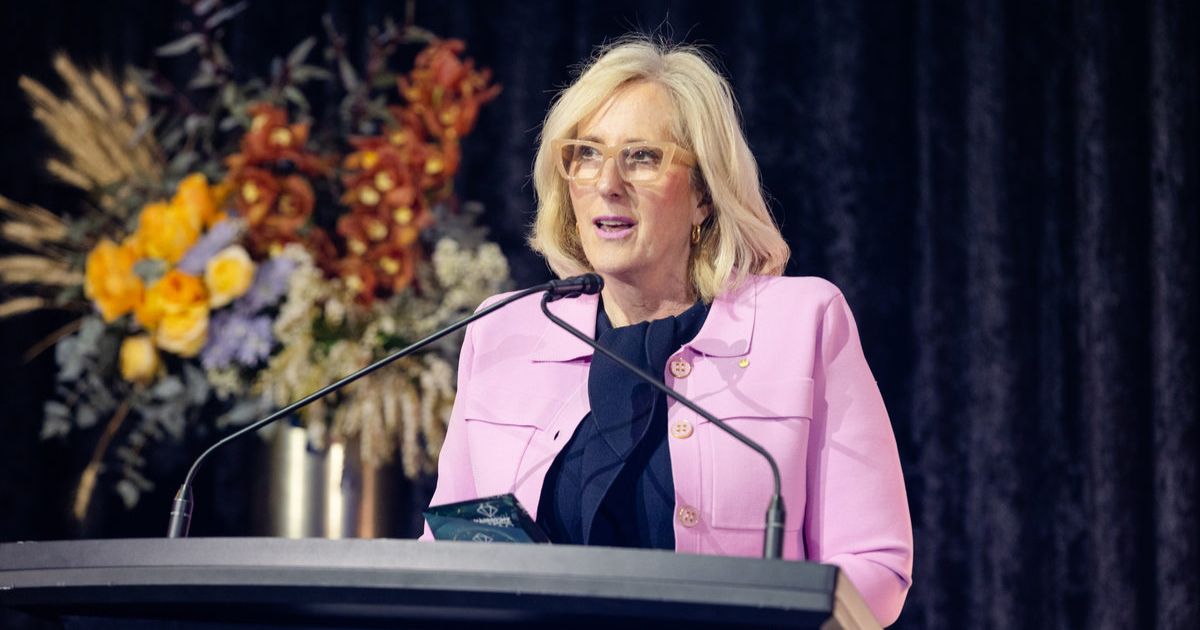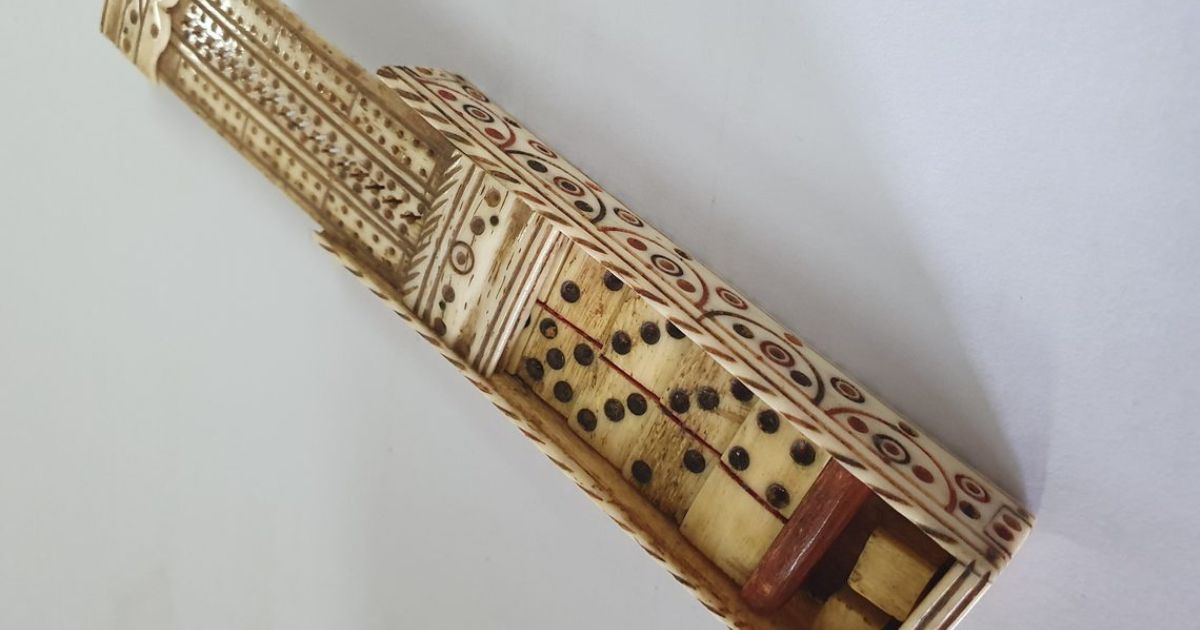Wilderness paramedics stand by for summer response

Ambulance Victoria’s team of more than 120 specially trained wilderness paramedics are sent to some of Victoria’s most secluded and treacherous alpine or bush areas. Photo: FACEBOOK/AMBULANCE VICTORIA
WITH Victorians heading outdoors this summer, Ambulance Victoria’s (AV) Wilderness Response paramedics are prepared for any emergencies in remote and wilderness areas across the state.
AV’s team of more than 120 specially trained wilderness paramedics are sent to some of Victoria’s most secluded and treacherous alpine or bush areas to help missing or injured people, 4WD off-road incidents or mountain bike falls, or cases where air ambulance is unable to reach a patient.
While paramedics are ready to support you in an emergency, AV is reminding outdoor enthusiasts to be cautious if heading out for a hike or bushwalk in the warmer weather:
Consider whether you are an inexperienced hiker or if you’re a capable bushwalker, make sure you choose the right hike, don’t over-extend yourself and be prepared
Plan ahead by monitoring the conditions and let someone know where you’re going and when you’ll return, and
Take plenty of water, sunscreen, food, phone and a Personal Locator Beacon (PLB).
Wilderness Response paramedics are Advanced Life Support and Mobile Intensive Care Ambulance paramedics who are trained to be self-sufficient in the wilderness and can be sent off-road whenever a wilderness response is required.
All wilderness response paramedics undergo a five-day training induction where their outdoor safety skills and patient care are put to the test in the elements.
They are required to have excellent orientation and navigation skills and complete fitness tests including a pack hike test, medical and pre-reading assignments.
Mick Bajada, an AV Wilderness Response paramedic based in the Barwon South-West region, said the wilderness response capabilities allowed AV to provide best care to anyone, no matter how difficult the location was to reach.
“Wilderness response couples together everything that is being a paramedic – it’s about team work, problem solving, applying innovations to complex issues, planning ahead and constantly assessing risks.”
Mr Bajada was recently involved with retrieving an injured patient who was stuck on a ledge in the Otway National Park and could not be winched by air ambulance due to a storm.
“Wildness paramedics went in as part of a multi-agency response team and the retrieval operation took all night,” he said.
“Planning for the rescue extrication and the physical exertion of retrieving the patient safely required strong collaboration with other agencies.”
AV emergency management planning co-ordinator for Gippsland Danny Anderson said the wilderness response team was called on to play key roles in larger-scale community emergencies such as the Wye River fires in 2016, the Mallacoota fires in 2020 and Traralgon storms in 2021.
“Our wilderness paramedics can be flown or dropped into isolated, remote communities during an emergency or natural disaster, so they are completely self-sufficient, they carry with them their gear, water, meals and a communications radio
“It’s about supporting these communities in scenarios where medical assistance may be hard to access.
“It’s a true specialist role in which select paramedics are specifically trained for and they must have the right experience being out in the elements in the bush as well; it’s not a typical ambulance job.”


















